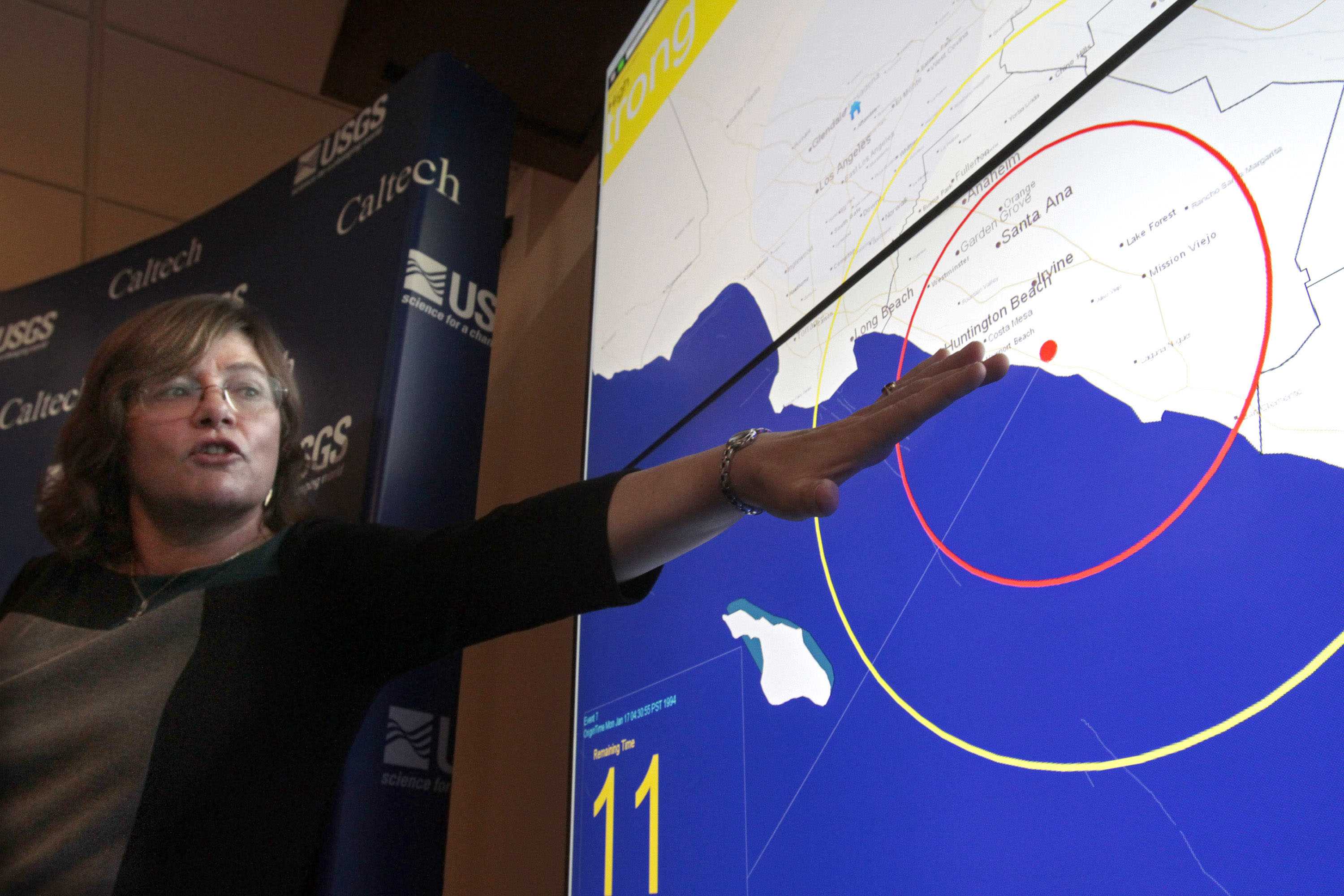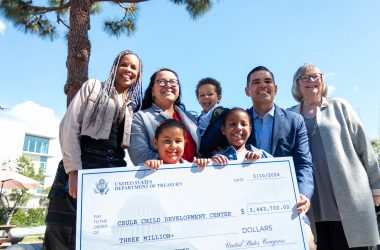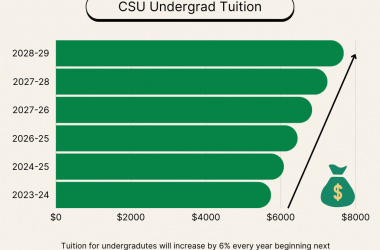The City of Long Beach might know when the next big earthquake will strike Southern California before anyone else.
Last month, Long Beach was chosen by the California Institute of Technology and the United States Geological Survey to serve as a beta site for an early earthquake warning system, according to the City of Long Beach website.
In its role as a beta site, Long Beach will experiment with the system and give feedback if necessary, according to the city website.
The announcement comes after a series of earthquakes struck North American in the past few months. The United States Geological Survey said a 5.1 magnitude earthquake struck La Habra on March 29. A 7.2 magnitude tremor also struck near Mexico City on April 18.
Cal State Long Beach professor Nate Onderdonk said an early warning system, if implemented, would be a “huge help.”
“Because we can transmit signals through phone lines or cell towers much faster than seismic waves travel, we could have seconds or maybe even a couple of minutes warning,” Onderdonk said via email. “Even a few seconds would be enough time to shut off gas lines and thereby prevent massive fires.”
The California Integrated Seismic Network, a joint partnership between multiple earthquake monitoring agencies, said the U.S. lacks an early earthquake warning system, while countries such as Mexico, Japan and Taiwan have already implemented similar systems, according to the CISN website.
If an early earthquake warning system is implemented, it would depend largely on the recognition of energy released from P-waves, or seismic waves that move the ground in the same or opposite direction of traveling wave, according to the CISN website. Because P-waves do not cause much damage, experts would be able to warn people in the surrounding area that a much stronger S-wave, a seismic wave that moves the ground perpendicular to the direction of seismic wave, is about to hit.
Although an early earthquake warning system would be helpful, Onderdonk said, those living in earthquake-prone areas still need to take necessary precautions.
“I think Southern California has made a lot of progress in being prepared for a big earthquake in the last 30 or 40 years, but there is far more that needs to be done,” he said via email. “We have been experiencing an abnormally quiet period of time while LA has grown from a small town to a huge sprawling city and have not really had to deal with any ‘big’ earthquakes.”
Onderdonk said it is important to store water, food and warm clothes in case an earthquake strikes.
Students, like sophomore communications major Vanessa Rosas, said they think the system would help, even if only marginally.
“It’s not enough time, but it’s more … than you would get without it, so that one second might save your own life or somebody else you know,” she said.
Jose Munoz, a junior business major, agreed.
“I think a warning system is exactly what California needs,” he said. “Any kind of warning that actually allows us to prepare ourselves in case of an earthquake, whether it’s an hour or just a few seconds, can be very beneficial, and it’s comforting to know that there’s something like that out there.”
But others think that while the program is well intentioned, it probably wouldn’t do much good.
“It’s a good idea in theory, but it might be useless because you don’t have that much time to prepare,” said Neiria Tinoco, a senior journalism major. “At the moment, you panic and forget what to do.”




